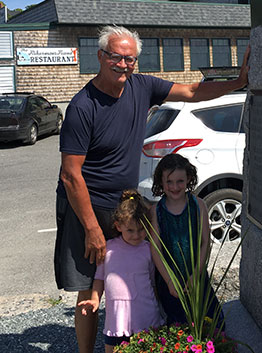For most of my political life I held out the hope of the eventual formation of an independent people’s party that would compete with the two parties of capitalism. A half century later such a party hasn’t appeared and it isn’t on the horizon, at least on my horizon. Moreover, it can’t be willed into existence. AOC some months back said that if she lived in a different country she wouldn’t be in the same party as Joe Biden. But she is. And there is little reason to think that will change anytime soon. And that’s good. A fractured party wouldn’t stand a chance on Election Day against Trump and GOP extremism.
What’s behind the new profile, new dynamics, and new politics of the Democratic Party (and the democratic coalition) is a profound shift in thinking and feeling across significant sections of the American people.
Its material roots lie in the rise of neoliberalism, financialization, and globalization and the accompanying spike in extreme income inequality, growing social and geographic divides, cross border migration, a surge in monopoly power and political predation, and lopsided and unsustainable growth. It is also a product of the prosecution of unwinnable wars of aggression and conquest in distant lands, the Great Recession of 2008, and the racist backlash that followed the election of President Obama.
The new dynamics are closely connected as well to the persistence of police and vigilante violence against people of color, a narrowing of job opportunities and precariousness of life for young people, and a spike in climate disruption.
And, not least, it springs from the new conjuncture that we are living through that lays bare the deep class and racial inequalities (including mortality and morbidity rates) embedded in the political economy of U.S. society and the insufficiencies of the public sector and goods.
Out of this material substratum comes not only a surge of struggles stretching back a decade, the rise of new political actors, such as Black Lives Matter, the greatly expanded footprint of women in politics, the revival of mass climate politics, and the two presidential campaigns of Bernie Sanders, but also a Democratic Party loosened from its past moorings and trending in a progressive direction.



